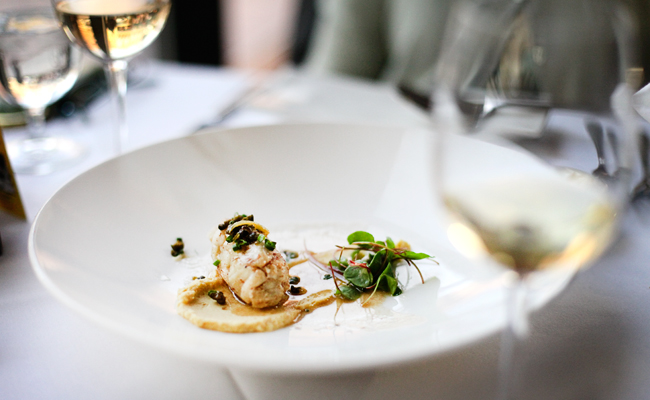Naming: Dumpling & Strand
When food scientist Jeff Casper and entrepreneur-designer Kelly McManus decided to launch a noodle company — fresh noodles featuring locally sourced cold-milled organic grains! — they asked me to help them come up with a name. What fun! Based on the team’s brand (quirky, earnest, smart, inventive, and driven by curiosity), aesthetic, and diverse offering, I came up with a list of possibilities. They chose: Dumpling & Strand Noodlers at Large. See the whole label










You must be logged in to post a comment.